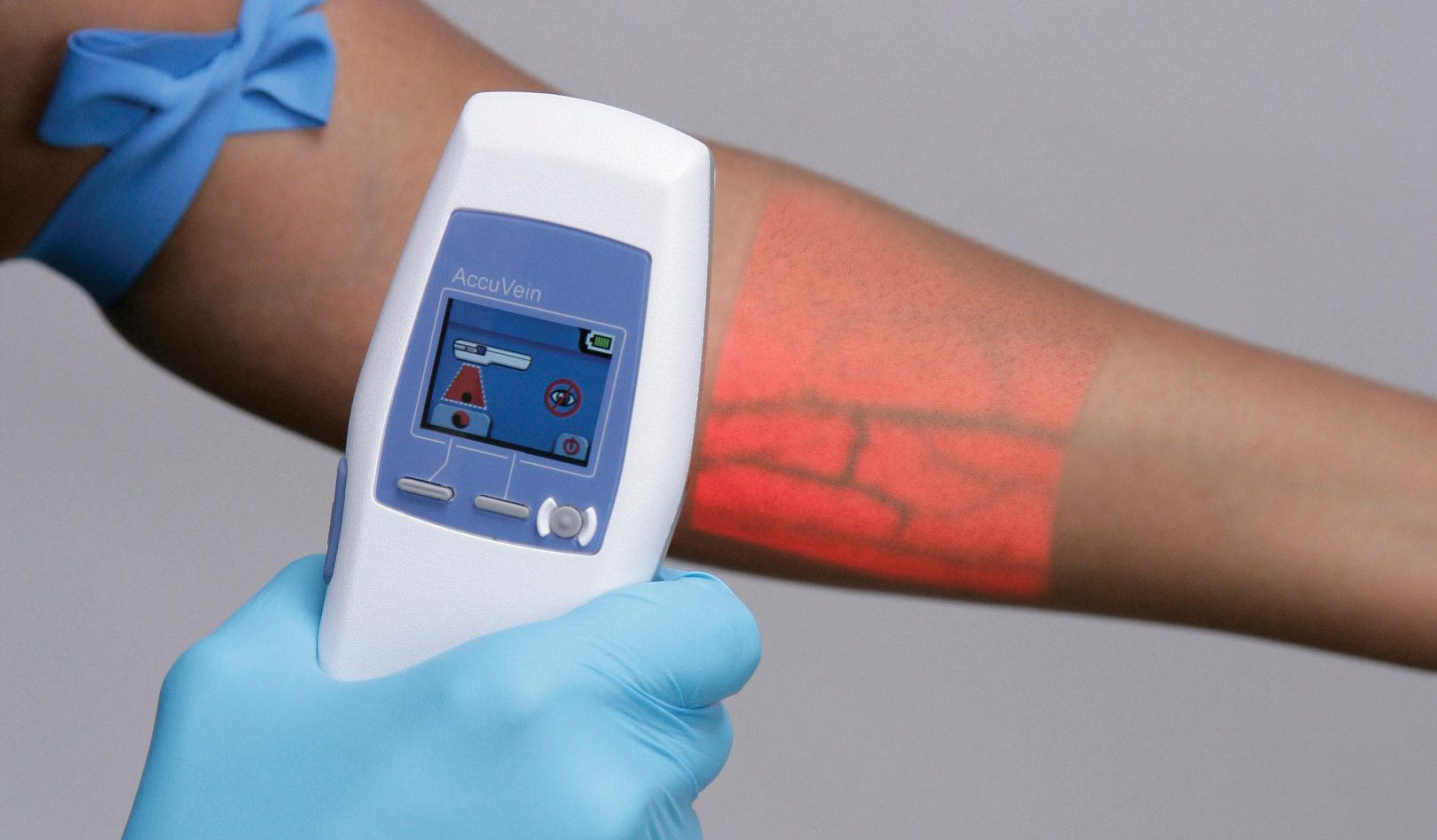Future Version of iPhone’s Face ID Might Scan Your Blood Vessels
 Credit: Anatomy Insider / Shutterstock
Credit: Anatomy Insider / ShutterstockImage via Anatomy Insider
Toggle Dark Mode
Apple appears to be actively working on ways to make its Face ID biometric authentication platform even more accurate and secure.
The Cupertino, California firm has been awarded a new patent that details advanced biometric technology. The patent, “Vein imaging using detection of pulsed radiation,” was published Tuesday by the U.S. Patent and Trademark Office.
The way it works and the way it’s described in the patent is complex. But it’s essentially a system that can scan and analyze the blood vessels beneath the surface of a user’s skin.
Using an optical transmitter, the system would emit pulses of infrared light toward a target — like a human body part. This infrared light would penetrate the skin and reflect off a user’s blood vessels. The system would then read the reflected light with a sensor that can read infrared light.

While it sounds a bit like medical technology, Apple specifically notes in the patent that it could be leveraged for use in authentication platforms. A user’s hand, for example, can be used for incredibly accurate biometric security because of the “complexity of the vein patterns” there.
But it’s not just hands that could be used to unlock a device. Several of the patent images also depict the vein-scanning system being used on a person’s face.
Does It Actually Work?
The blood vessel patterns in a human hand or face are extremely unique. They even differ between identical twins. That means that false authentication of twins could be mitigated, something that’s been a bit of a thorn in the side of Face ID.
The system might also make it nearly impossible to fool facial recognition with high-quality masks. Theoretically, a malicious entity could try to counterfeit a user’s vein patterns. But we probably don’t have to explain the extreme difficulty in doing so.
In other words, if implemented, the system could help do away with some of the primary problems with the Face ID platform.
Like Face ID, the system would be contactless. Apple notes that this does away with some of the “hygienic concerns” of touch-based biometrics like fingerprints.
Of course, Apple patents aren’t always good indicators of the company’s future plans. The Cupertino juggernaut files for patents regularly, and many of them never end up actually being used. Similarly, it’s impossible to tell when the technology would end up in a consumer product.
On the other hand, Apple seems to be “all-in” on its facial recognition system. Technology that could make it even more secure and accurate seems like the next logical step for iDevice biometrics.
In addition, it’s worth venturing that Apple could introduce a new contactless biometric system that could scan a user’s hand. While not directly related, this type of technology seems to line up fairly well with rumors of “touchless gesture controls” for future iPhones.
[The information provided in this article has NOT been confirmed by Apple and may be speculation. Provided details may not be factual. Take all rumors, tech or otherwise, with a grain of salt.]






